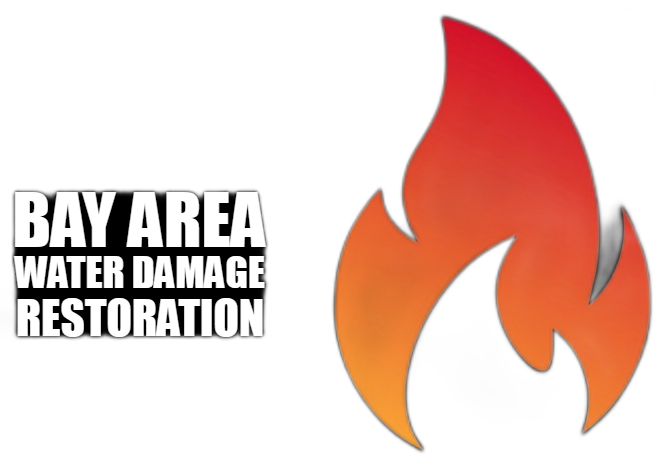The effectiveness of a coating system in preventing water damage and corrosion is highly dependent on the proper preparation of the surface it is applied to. The relationship between surface preparation and the performance of a coating cannot be overstated, as inadequate or improper preparation can lead to premature coating failure and costly repairs. Discover more about the intricacies of surface preparation from a coating inspector near you in Toronto. In this article, we will delve into the importance of surface preparation and provide guidelines on how to achieve the best possible results when applying a coating system.
The Importance of Surface Preparation
Surface preparation is a critical step in the application process, as it ensures that the coating adheres properly to the substrate, maximizes the coating’s performance, and prolongs its service life. A well-prepared surface offers several benefits, including:
Improved adhesion: Properly prepared surfaces provide better adhesion between the coating and the substrate, reducing the risk of delamination or peeling.
Enhanced corrosion resistance: Removing contaminants and creating a profile for the coating to adhere to can minimize the risk of corrosion, thereby preventing water damage.
Longer service life: By ensuring a strong bond between the coating and the substrate, the service life of the coating system is significantly extended.
Reduced maintenance and repair costs: A well-applied coating reduces the need for frequent maintenance and costly repairs resulting from premature failure.
Key Steps in Surface Preparation
Achieving the best results requires a thorough understanding of the key steps involved in surface preparation. Learn about surface preparation and water damage prevention from a coating inspector at Toronto Industrial Painting. These steps can vary depending on the type of substrate and the specific coating being used, but generally include the following:
Cleaning: The first step is to remove dirt, debris, grease, and other contaminants from the surface. This can be done using a variety of methods, such as detergent washing, solvent cleaning, or high-pressure water jetting.
Removal of existing coatings: If an old coating is present, it must be removed before applying a new one. This can be achieved using methods like mechanical scraping, sandblasting, or chemical stripping.
Creating a surface profile: The next step is to create a rough surface profile, which helps the coating adhere better to the substrate. This can be achieved through abrasive blasting, grinding, or acid etching.
Inspecting the surface: After cleaning and profiling, the surface must be inspected for any remaining contaminants, defects, or imperfections. Any identified issues must be addressed before proceeding with the coating application.
Surface treatment (if required): In some cases, specific surface treatments like chemical conversion coatings or passivation may be necessary to enhance corrosion resistance or improve adhesion.
Applying the coating: Once the surface is properly prepared, the coating can be applied according to the manufacturer’s instructions and industry best practices.
Related: How to identify and fix pool keak to prevent water damage
Best Practices for Surface Preparation
Here are some best practices to ensure the highest degree of success when preparing a surface for coating:
Follow manufacturer recommendations: Always consult the coating manufacturer’s guidelines and recommendations for surface preparation, as they are tailored to the specific product and its performance requirements.
Choose the appropriate method: Select the surface preparation method that best suits the substrate, the coating system, and the specific environmental conditions.
Use proper equipment and materials: Invest in high-quality equipment and materials for surface preparation, as they can greatly impact the final outcome.
Implement quality control measures: Establish and follow quality control procedures throughout the surface preparation process to ensure consistency and compliance with industry standards.
Ensure worker safety: Always prioritize the safety of workers by providing proper training, personal protective equipment (PPE), and adhering to local safety regulations.
Proper surface preparation is essential for achieving a long-lasting, effective coating system that prevents water damage and corrosion. By understanding and implementing the key steps involved in surface preparation, and adhering to best practices, you can significantly enhance the performance and longevity of your coating application.
In conclusion, the significance of surface preparation in optimizing the performance of a coating system cannot be overstated. It is a crucial element in safeguarding against water damage and enhancing corrosion resistance. Just as the coating application itself demands meticulous attention, so too does the surface preparation process. This diligence fosters a robust bond between the coating and the substrate, minimizes the need for maintenance and repairs, and prolongs the lifespan of the coated structure. Adhering to manufacturer guidelines, selecting suitable methods, utilizing top-quality equipment, and incorporating quality control protocols will bolster the success of your surface preparation endeavors.
By disseminating this information and underlining the value of thorough surface preparation, our aim is to promote a broader comprehension of water damage prevention and corrosion management. As a coating inspector, it is crucial to stay informed on the latest techniques, industry standards, and advancements in coating technology. This way, you can help protect structures from the devastating effects of water damage, ultimately contributing to a more sustainable and resilient built environment. Learn more from https://iicrc.org/
